A primal terror surfaces whenever anyone holds a gun to your head—no matter how benign the instrument may be. The history of violence associated with this type of handheld device in the public imagination is so established that it’s hard to see a pistol-like object aimed at humans in a neutral way.
Amid the unfolding global coronavirus scare, this has somehow become a new normal in airports, cafes, schools, hotels, and various checkpoints everywhere. As health officials scramble to detect the Covid-19 infected—who may or may not show symptoms—agents aim unsettling temperature guns at ordinary people.
Along with the face mask, the non-contact infrared device has become the iconic design object of the coronavirus epidemic. The tool can measure someone’s surface temperature without needing to touch them, thus eliminating contamination risk, at least in theory. Some medical experts, including James Lawler of the University of Nebraska’s Global Center for Health Security, question its efficacy. “Some of it is quite frankly for show,” Lawler complained to the New York Times, noting the devices tend to register lower temperatures.
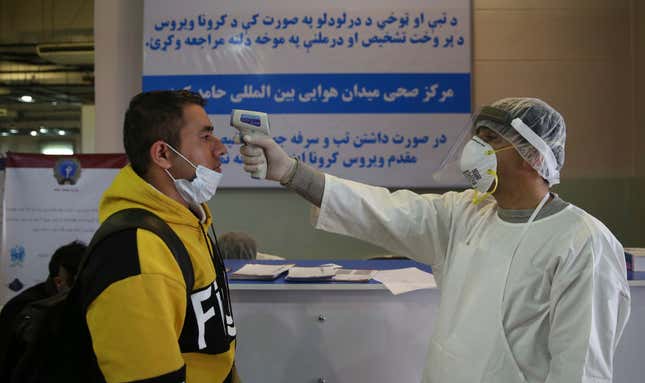

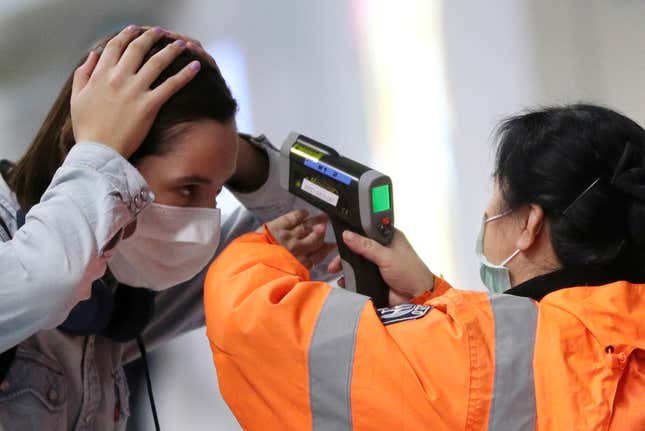
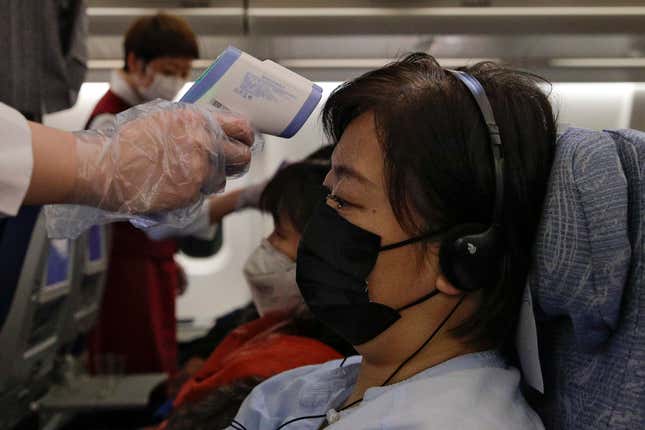
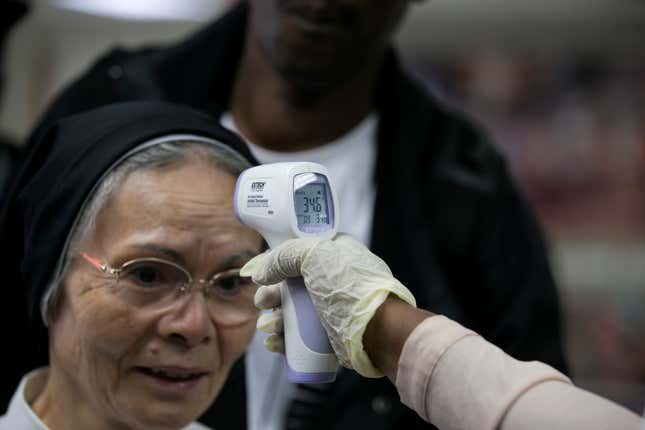
On top of the possibly faulty technology, there’s something to be said about the temperature gun’s problematic shape—especially after seeing so much of it in stressful environments lately. Of course, there are similar pistol-like devices that don’t hold the same menace—a barcode scanner, a drill, even a baby’s ear thermometer—but again it’s a matter of context.
The violence implicit in the language of product descriptions doesn’t help the cause of temperature guns. “Simply hold the IR gun, press the trigger and aim the laser guide at the target,” one of them reads.
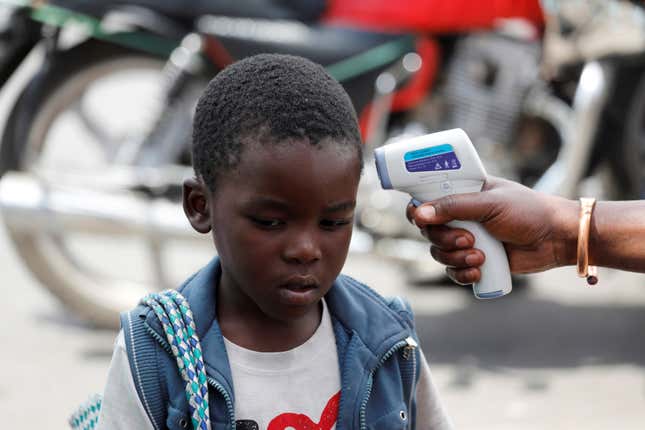
Industrial designers have an opportunity here—especially now that temperature guns are becoming standard equipment for tackling Covid-19 and future pandemics. Designers have proven how a bit of imagination and empathy—or “design thinking”—can help humanize ominous medical technologies. A classic example is GE’s line of kid-friendly CT scanners made to look like a pirate ship.
In a similar vein, a dog-shaped thermometer photographed in a factory in Hubei might serve as inspiration.

Cognitive psychologist Amy Schwartz extolls on the necessity of thinking about the emotional resonance of devices. “Aesthetic considerations may seem minor when considering the important medical functions performed by these devices, but these concerns are not small to users,” she writes in an op-ed for the trade journal Med Device. “Ultimately, humanizing medical devices is a path towards better adherence and patient health.”
